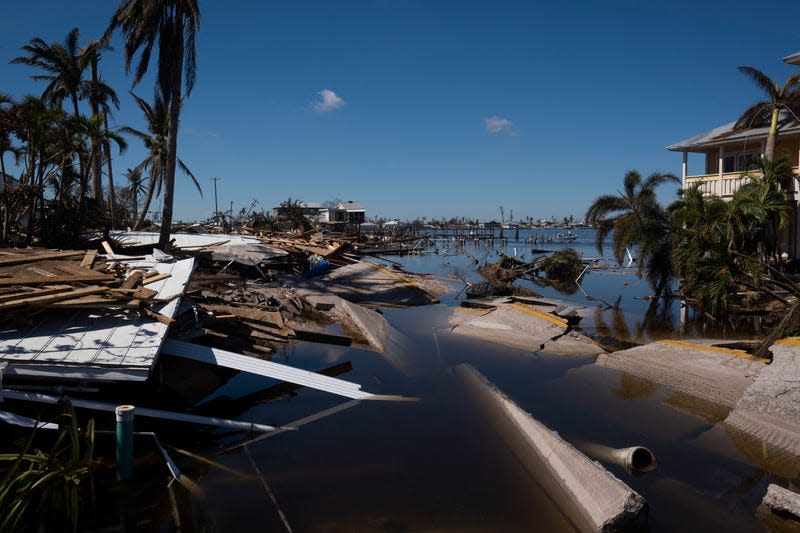Real Estate developers Increased Hurricane Ian's Devastation in Florida, according to News Report

Hurricane Ian tore through Florida and The Carolinas last week, leaving at least 94 people in Florida, and four people in North Carolina, dead. The 150-mile-per-hour winds and extreme storm surges blew buildings apart, flooded houses, and knocked out power for hundreds of thousands of homes.
Even without human intervention (climate change aside), the category four storm would have been devastating. But a new report from the Grist, a non-profit climate journalism organization, points at least some of the blame for the devastation at real estate developers.
Read more
Aside from Halle Bailey, Here Are Other Black Disney Actors and Characters We Love
Move Over King Charles, Here Are More Black Men We Call Royalty [UPDATED]
For as long as anyone can remember, mangroves and draining swamps protected the Florida coastline from severe storms. But as oceanfront property heated up, so did the demand for clearing out natural protective resources and building dangerously close to water.
The new builds, according to the Grist, placed tens of thousands of homes directly in the path of the Hurricane’s destruction.
“You have a natural wetland marsh,” Stephen Strader, an associate professor at Villanova University who studies the societal forces behind disasters, told the Grist. “The primary function of those regions is to protect the inland areas from things like storm surge. You’re building on top of it, you’re replacing it with subdivisions and homes. What do we expect to see?”
According to the Grist, the crux of Florida’s development issues lie with a strategy called “dredge-and-fill.” Essentially, developers dig up land from the bottom of rivers and swamps and pile it all up to make artificial land masses for building.
The issue is that when you have storms, you no longer have the rivers or swamps for protection. But, what’s worse, the homes are right up against the water, putting them at greater risk.
And unfortunately, what we know about Hurricane relief is that Black communities are often left to fend for themselves in the wake of disasters.
As climate change makes severe storms deadlier and more common, it’s worth keeping an eye on stories like this one that give us a clear path forward for how to protect ourselves from the ever growing issues of climate change.

